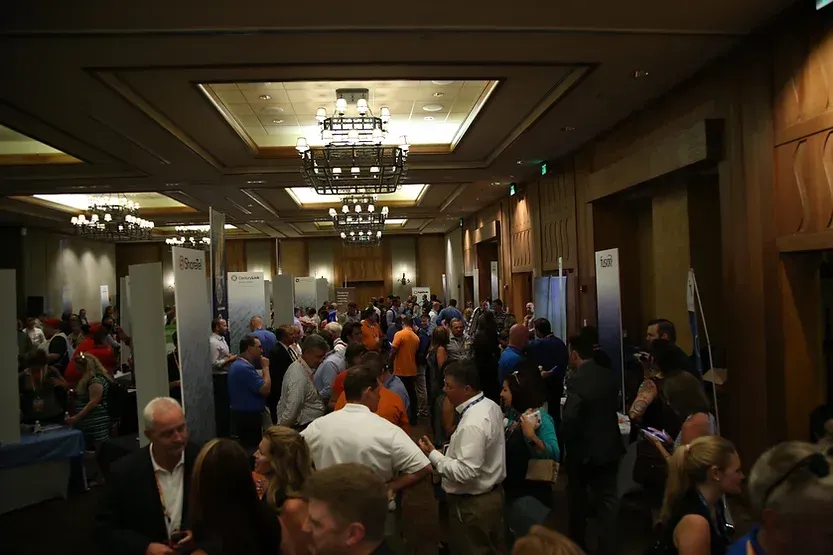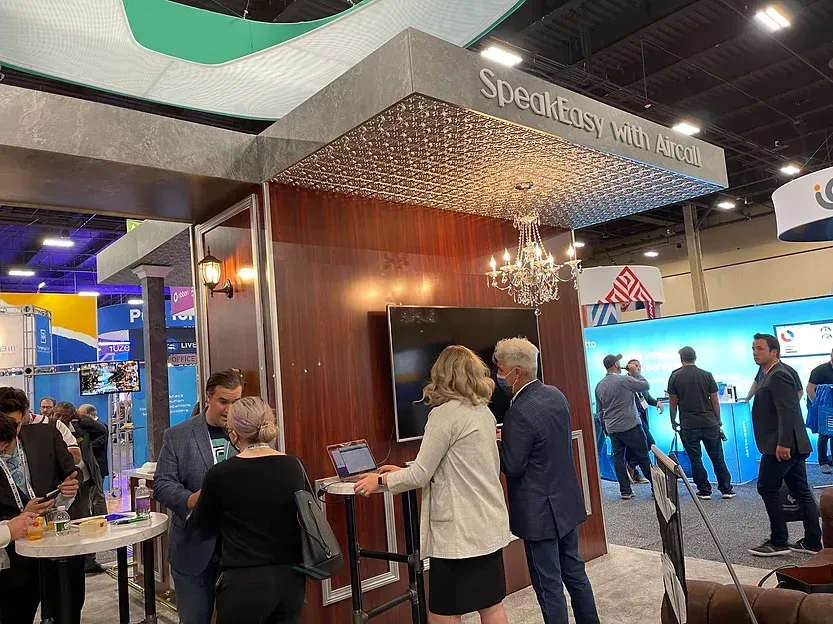Unusually Unusual Consulting
How to Run a Successful Trade Show And Mistakes to Avoid
How to Run a Successful Trade Show And Mistakes to Avoid
Trade shows can attract potential customers, demonstrate the latest technology, and create relationships with industry professionals. But planning and running a trade show can be overwhelming. There are just so many moving pieces to think about! That's why experience and expertise in organizing trade shows are essential for success. Keep reading for advice on running a fantastic trade show booth and avoiding common mistakes.
What Is a Trade Show?
Trade shows are large public events that companies, entrepreneurs, and non-profit organizations attend to showcase their products, services, and ideas. Usually lasting one or more days, they offer businesses a chance to meet new clients while connecting with industry experts and other professionals in their field.
For the attendees, it's a great place to network with like-minded professionals, discover the newest trends in their industry, and find the inspiration they need for their projects. CES (Consumer Electronic Show) is arguably the best and most popular trade show everyone wants to be a part of. Channel Partners, ITExpo, and Channel Vision are the Channel's most popular trade shows.

But there are tons of trade shows — big and small — throughout the year. Ideally, it's best to be on the lookout for trade shows in your local area. This allows you to test your first event while keeping the costs down.
What Makes a Successful Trade Show?
One of the keys to maximizing success at a trade show is having an effective booth that stands out from the competition. But even with a great booth, it is essential to be strategic with the planning and messaging. While many factors contribute to a winning exhibit design, getting all of them right takes thoughtful planning and careful consideration.
Plan Ahead and Be Strategic
Planning a trade show is a marathon, not a sprint. Part of a successful trade show experience is the planning process.
- Determine the business objectives.
- Create a budget and timeline for all tasks.
- Develop a strategy for pre-show appointment setting.
- Implement detailed strategies for post-show follow-up.
When preparing for any branding activity - from banners and signs to giveaway items like free products, samples, and stickers - don't wait until the last minute. For example, printing merchandise like shirts and keychains can take a couple of weeks, if not months, including shipping. Ideally, you need at least three months to prepare. That's why working with experienced partners who offer cost-effective solutions that save time while maximizing results is critical. You don't have to worry about missing anything important because they'll plan a strategy and checklists based on your needs.
Plan Your Messaging and Visual Branding
Planning the messaging and visual branding upfront will help ensure you make the right impression – especially considering how little time attendees usually have between presentations and exhibitors. Knowing what story you want to tell and having an eye-catching visual style will ensure that booth visitors can quickly understand who you are and why they should trust your business.
Keep your ideal clients in mind and how they will show up at the trade shows. What's their goal for attending? Who are the people that they'll be sent to check out the booths? Ideally, you want to create materials, such as brochures, to showcase your products and appeal to the decision-makers.
Make Your Trade Show Booth Stand Out
A successful trade show experience should include making the booth stand out above the others. With so many companies fighting for attention at events, it's important to consider what can be done to draw people in and give them a memorable experience that will leave an impression long after the event.
Here are some ideas to start with:
- Invest in high-quality visuals.
- Use technology to engage the visitors.
- Create something interactive that people can participate in.
- Have samples of the products available.
- Make sure to have enough staff present to answer questions.
Of course, you'll want to think about your branding and goals when creating these interactive experiences. You want to attract the right kind of people to your booth, not just anyone looking to take a quick selfie.

What are Common Mistakes When Organizing a Trade Show?
Organizing a trade show can be a rewarding but complex task. They involve multiple steps and decisions. Mismanagement of information can lead to costly delays or miscalculated costs.
Mistake 1: Having Your Channel Manager Run the Trade Show
Even though channel managers have extensive industry knowledge, they may not have the experience and organizational skills needed to run a successful trade show. Your channel manager should work with a trade show expert so that they can create a plan and execute it successfully. With the right team on board, you can increase your chances of a highly successful event.
Mistake 2: Wrong People on the Floor
When organizing a successful trade show, the wrong people on the floor can cause major hiccups. The worst thing they can do is sit behind the table, focused on their computer. Find engaging people who will get out in the aisles and engage. Having highly knowledgeable staff on the floor decreases customer frustration and helps attendees make informed decisions.
In addition, having a passionate and enthusiastic team will draw more attention to the products or services. Ideally, you should have an internal team member who is knowledgeable about the product. But you should also have a well-trained, energized salesperson who has experience in engaging people in person.
Mistake 3: Not Following Up with Leads
One of the biggest mistakes when running or attending a trade show is not following up with leads. Do you already have an existing CRM (Customer Relationship Management) tool? Make sure to set up a landing page and a form specific to the trade show. That way, it's easy for your sales team to track and follow up after the event. Additionally, those who follow up often have higher conversion rates because presence helps build trust and loyalty between customers and businesses.
Plan Your Next Trade Show
Running a successful trade show can seem like a daunting task. But as long as you plan ahead, enlist the help of experienced professionals, and avoid common mistakes, you'll be on the right track. Organizing trade shows can be very powerful in gaining brand awareness and attracting the right kind of clients and customers. Reach out to our team to discuss how we can help you with your next trade show at sales@unusuallyunusual.com or 714-844-1034.



